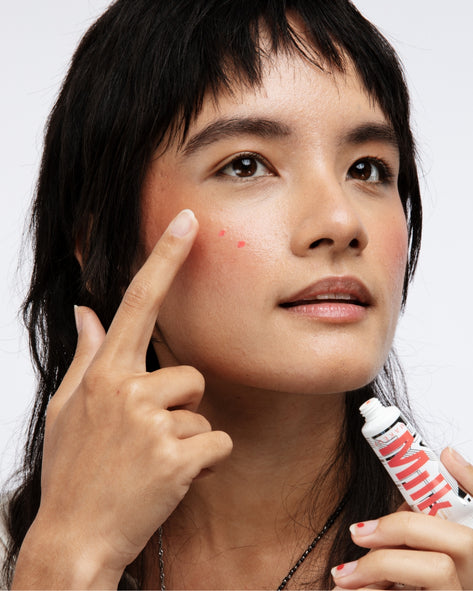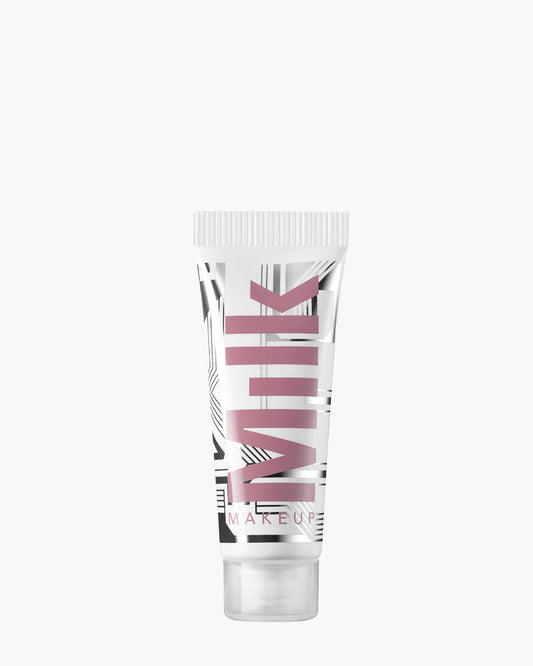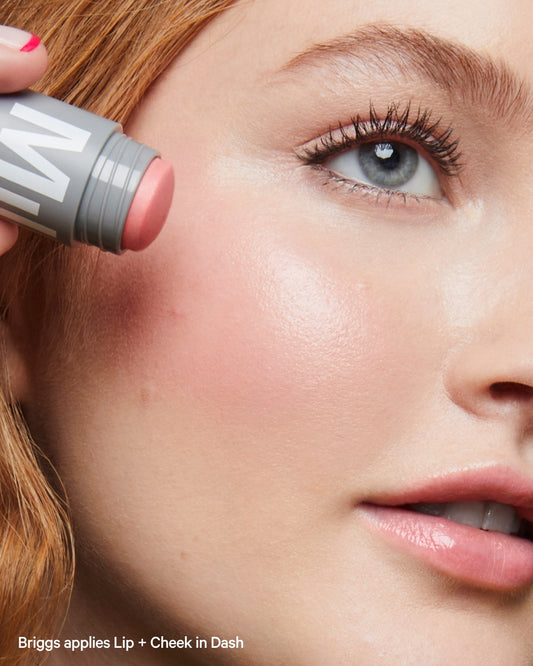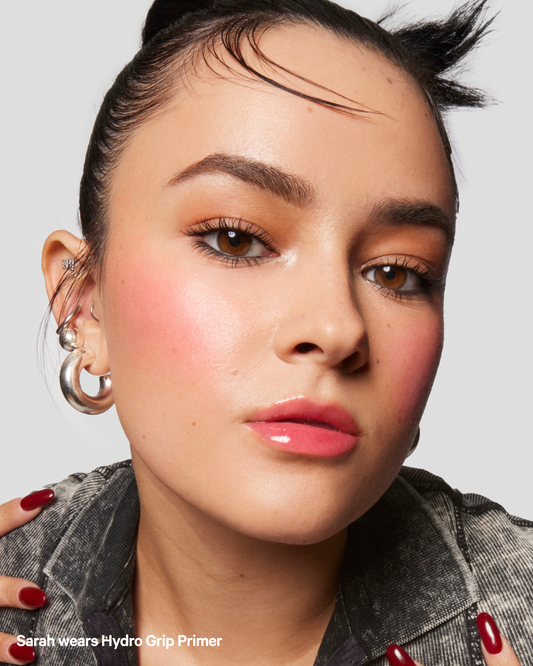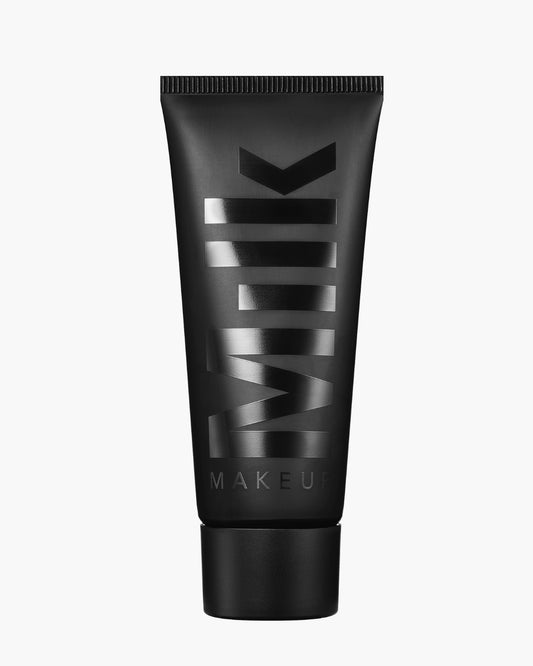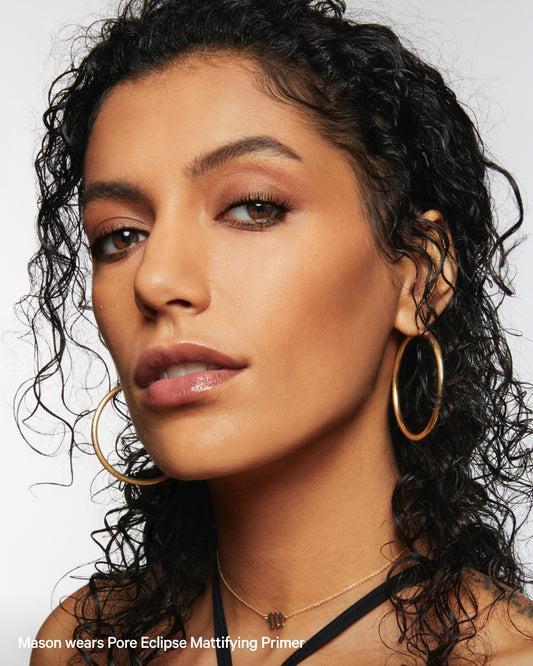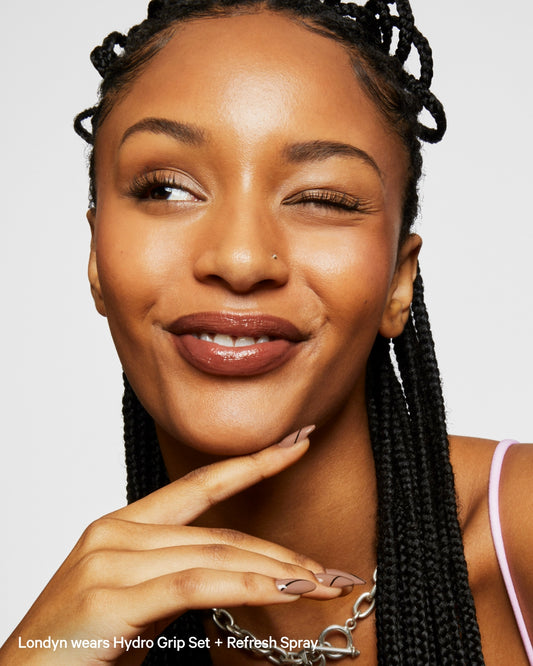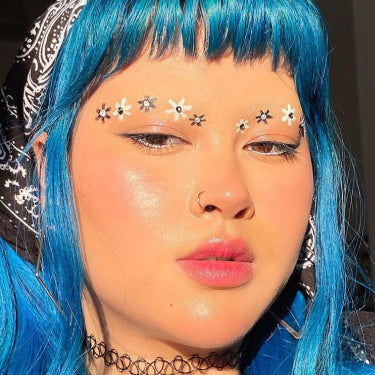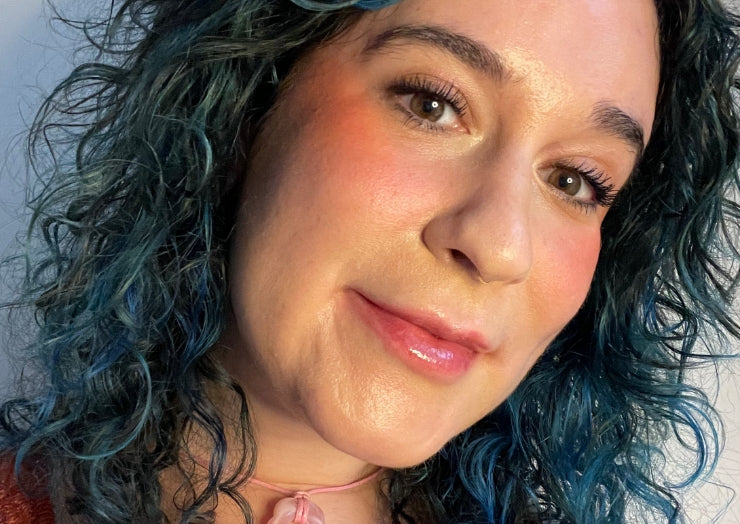All anyone truly wants from their makeup is for it to stay put throughout the day and not lose its oomph within an hour, and long-lasting blush seems to be an elusive goal. Makeup isn’t meant to last forever, and that’s a good thing. But if any type of makeup is guilty of pulling a disappearing act before we need it to—more than eyeshadow, foundation, or concealer—it’s blush.
As one of the most reliable ways to add dimension to your face and a healthy flush to your skin tone, long-lasting blush is a non-negotiable for most makeup looks. You don’t want it to fade while your liner remains sharp and your complexion stays matte or dewy, depending on what primer and setting spray you reach for.
To make sure your flush stays put for a full day, we asked Sara Wren, Director of Artistry at Milk Makeup, to share her best makeup tips for long-lasting blush and the best blush for making it happen.
Why does my blush fade so quickly?
Before you can fix the issue of any fading blush color, knowing why it disappears in the first place is important. “During the day, your cheeks get a lot of action,” says Sara. Touching your skin, holding a phone to your face, and making almost any facial expression can disturb your makeup. "If your skin isn’t prepped and your makeup isn’t set, sometimes blush disappears with all that movement,” she adds.
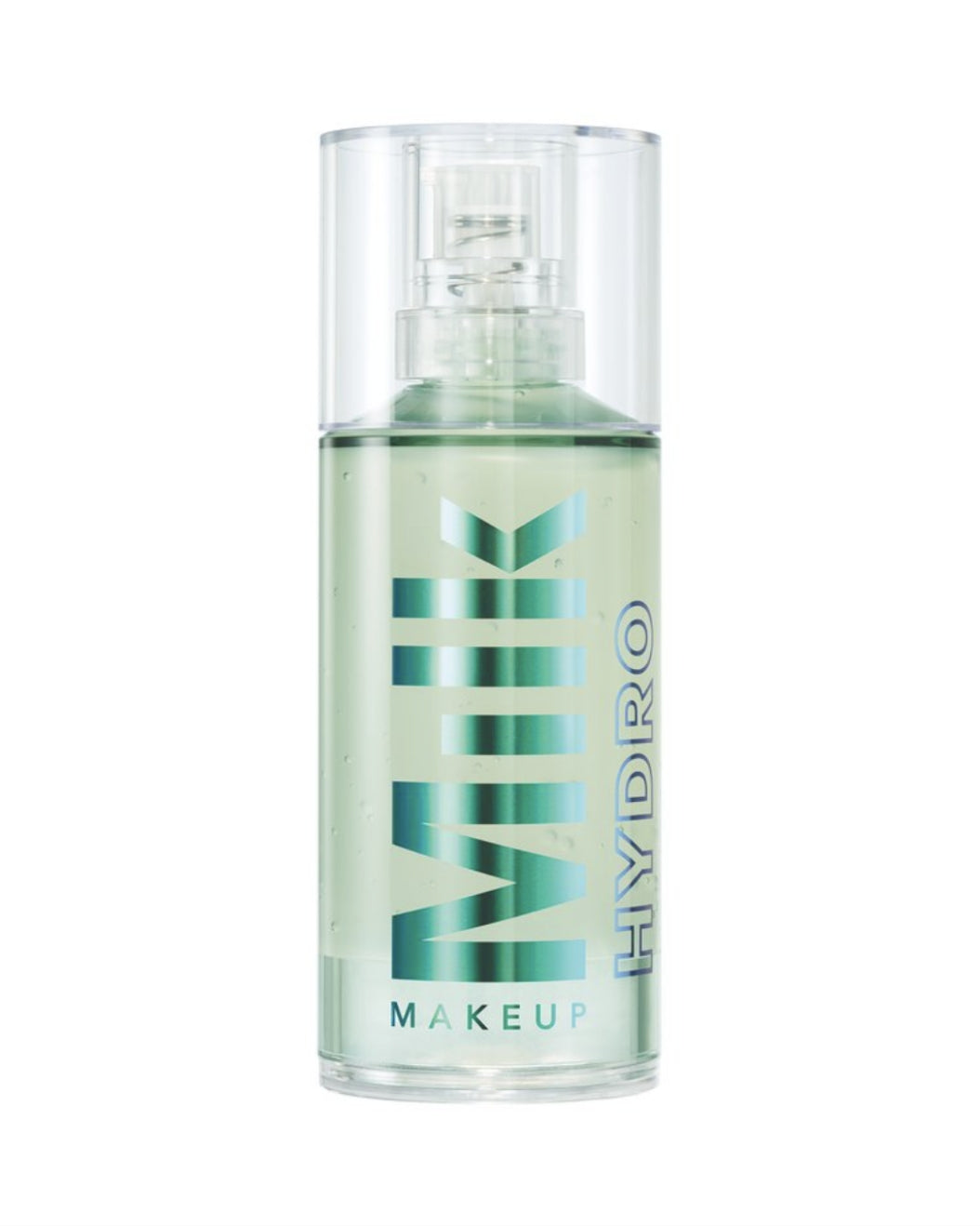 |
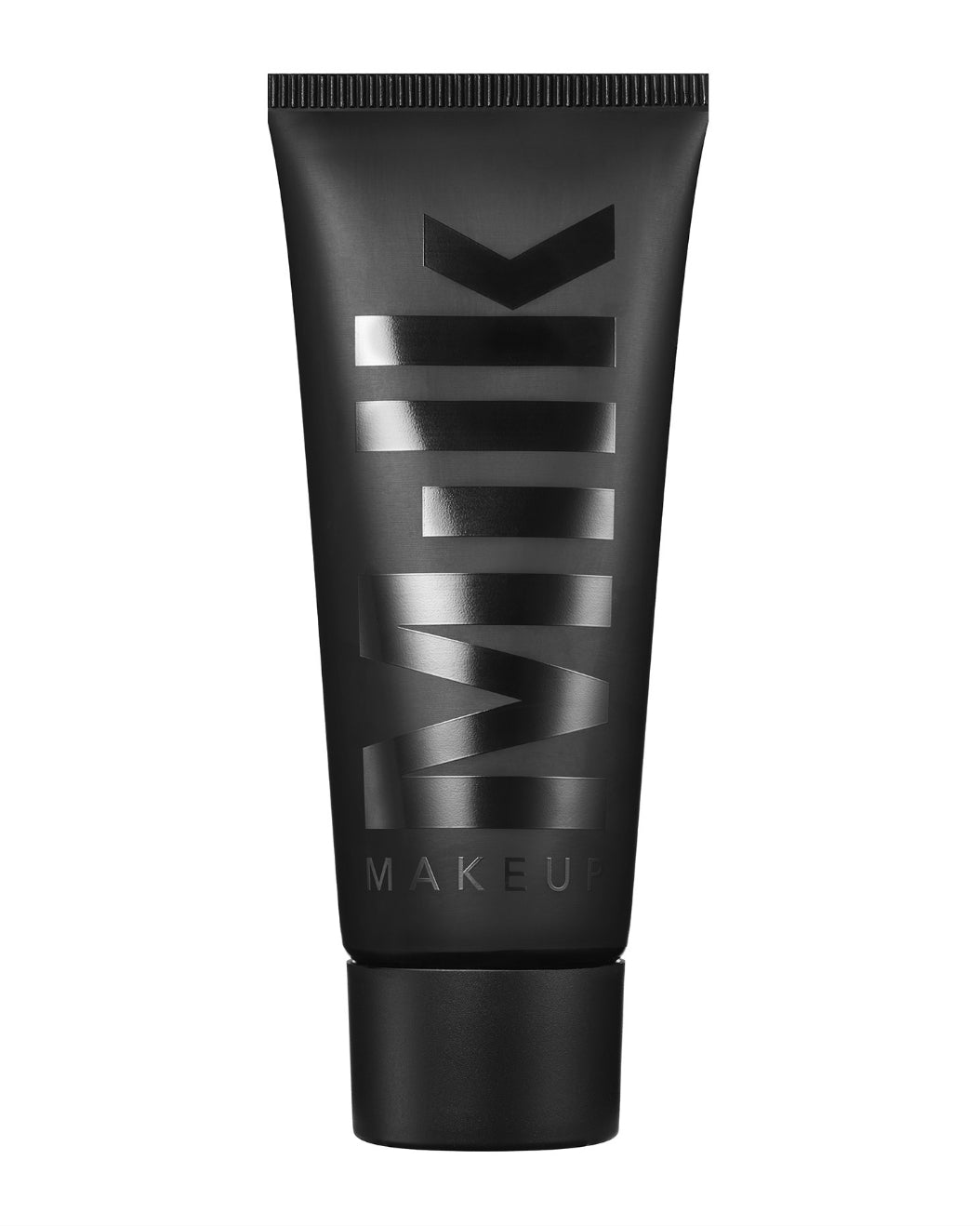 |
How do you make blush last longer?
When it comes to longevity, the way you apply your blush matters. “Start by prepping your skin with primer after moisturizer, which is always the most important part of any lasting makeup routine,” Sara says. Apply a layer of Milk Makeup Hydro Grip Primer if you want a natural-looking dewy finish or try Pore Eclipse Mattifying Primer for a blurred, matte finish. “Using a primer will create a gripped base for everything that follows to ‘stick’ onto,” she explains.
How do you keep blush from rubbing off?
What you use after applying blush is going to make a major impact on how long it lasts, too. “Set it and forget it,” says Sara. “Think of setting spray as a top coat that locks in your blush—and the rest of your makeup—for the whole day.” She likes to spritz on Hydro Grip Set + Refresh Spray for a glowy look and Pore Eclipse Matte Setting Spray for a soft matte set.
What stays on longer: powder or cream blush?
Depending on your skin type— oily skin, combination skin, or dry skin—both powder and cream blush, like our Lip + Cheek, can last a while, Sara says. In fact, layering two different blush formulas is a great, buildable way to make a natural flush last longer. Just make sure to follow Sara’s blush sandwich trick: “Layering powders under cream blushes—a classic makeup artist trick—helps create a ‘sandwich’ of pigment that prolongs the flushed look all day,” she says.
But don’t forget about our other blush formula categories: liquid blush and blush stain. Sara loves our Bionic Blush because it’s featherlight and effortlessly blendable with a sheer tint that layers beautifully under other powder, cream, and liquid formulas. Alternately, swipe on Cooling Water Jelly Tint, which is going viral on TikTok for giving cheeks a watercolor-like stain for hours and hours without budging. Even if you have oily skin, it’s sure to keep up the same level of pigmentation at the end of the day as it was when you first siped it on.
What's the best way to reapply faded blush without disrupting your makeup?Sara’s tips will definitely maximize the staying power of your favorite blush, but just in case the apples of your cheeks need a touch-up during the day, keep either a cream blush stick, like Lip + Cheek, or a blush stain, such as Cooling Water Jelly Tint, in your makeup bag. If you notice your blush color start to fade, add more pigment onto your cheeks with either a blush brush, your fingers, or a sponge dampened with setting spray. To avoid disturbing your foundation, highlighter, and bronzer when you reapply, it’s best to dab not smear. “Stippling or pushing the product on instead of rubbing it in will help build the pigment back up and not ruin the rest of your makeup,” says Sara. After all, long-lasting blush shouldn’t come at the cost of a total makeup meltdown. |
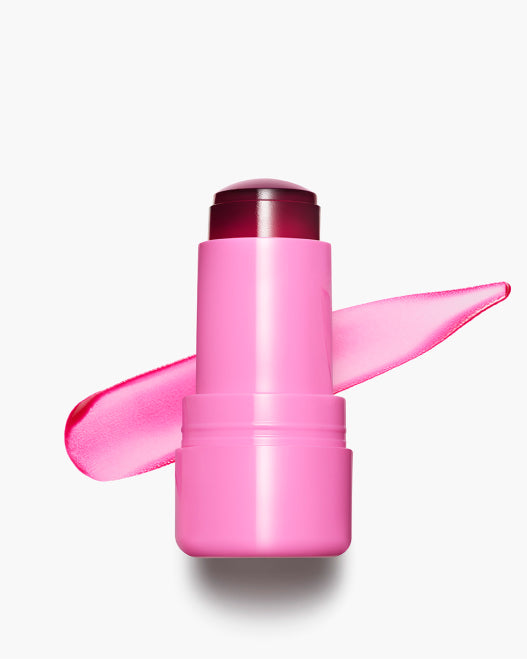 |
Meet the Expert
Sara Wren (she/her) is the Director of Artistry at Milk Makeup. In her role, she does all the makeup artistry and direction for our Milk Makeup global campaigns, educates the staff and field team on application methods, stars in the brand’s social media videos, and travels to different markets spreading Milk Makeup’s good vibes. When she’s not on set, Sara loves experimenting with DIY hair colors, eating tacos, watching basketball, and scouring for vintage cosmetics to add to her impressive collection.
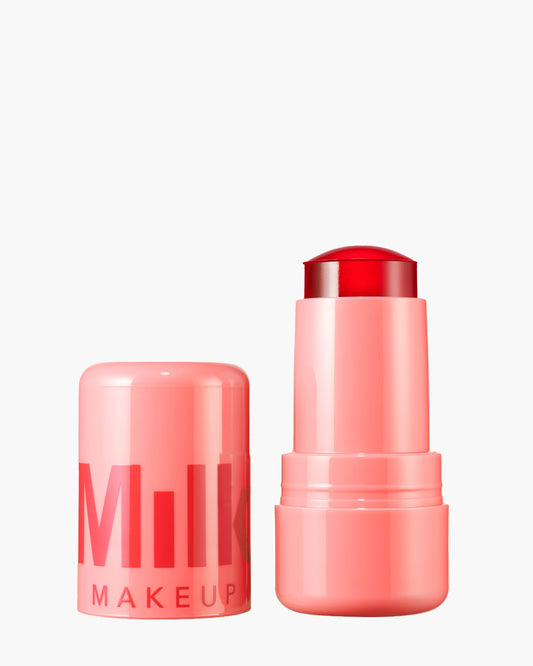
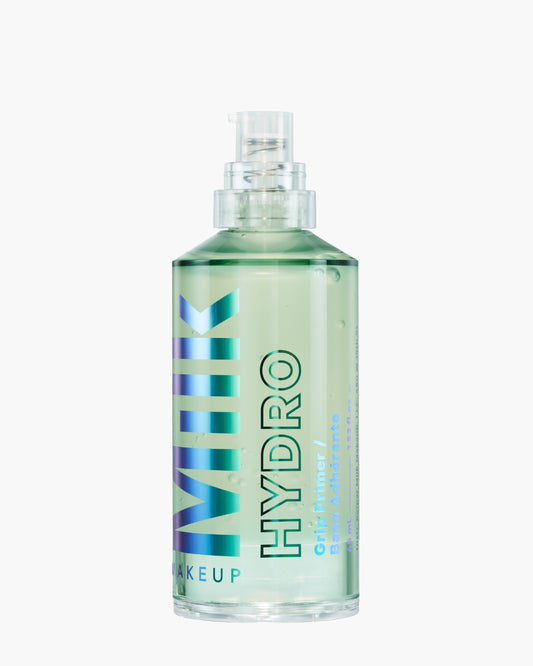
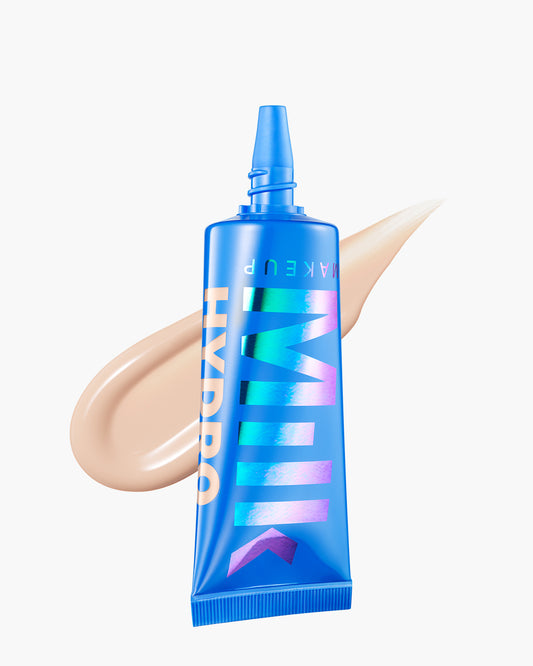
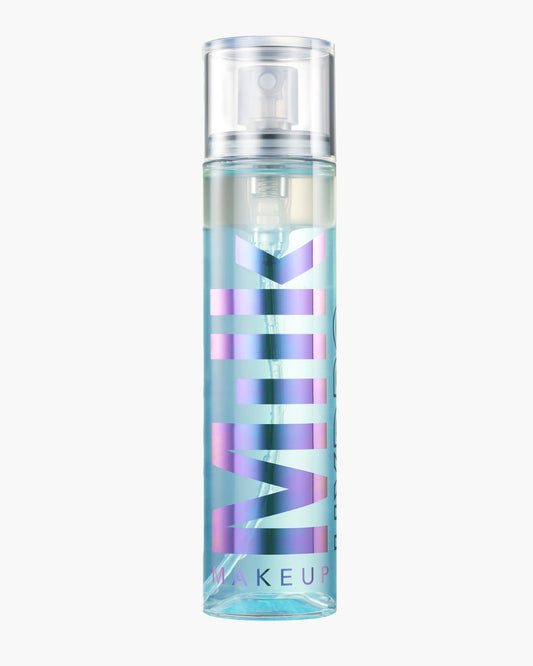
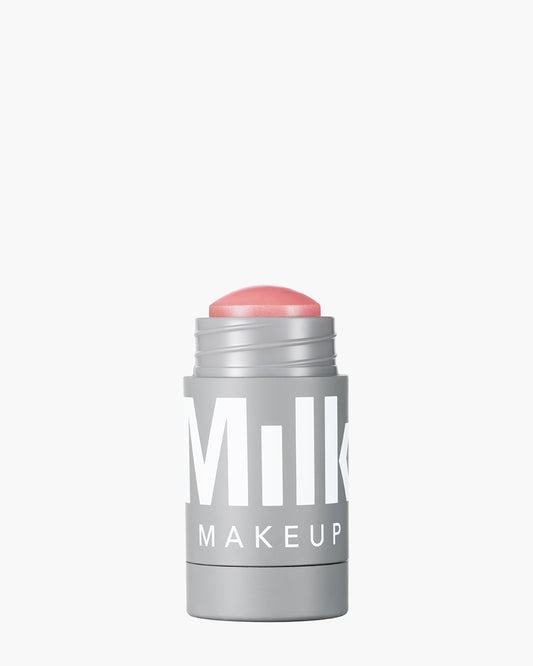
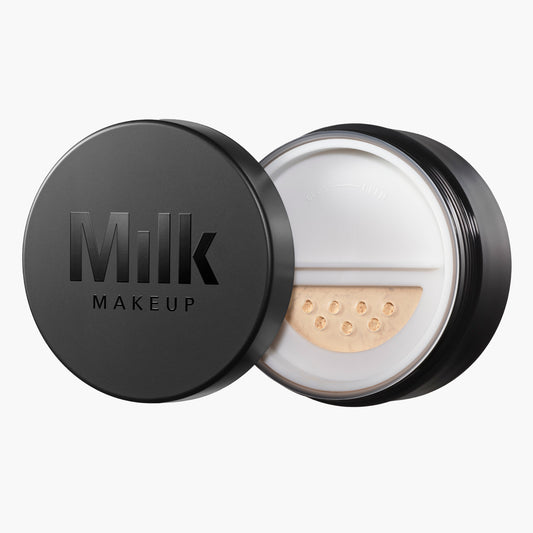
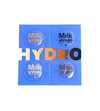
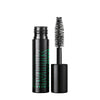
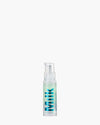
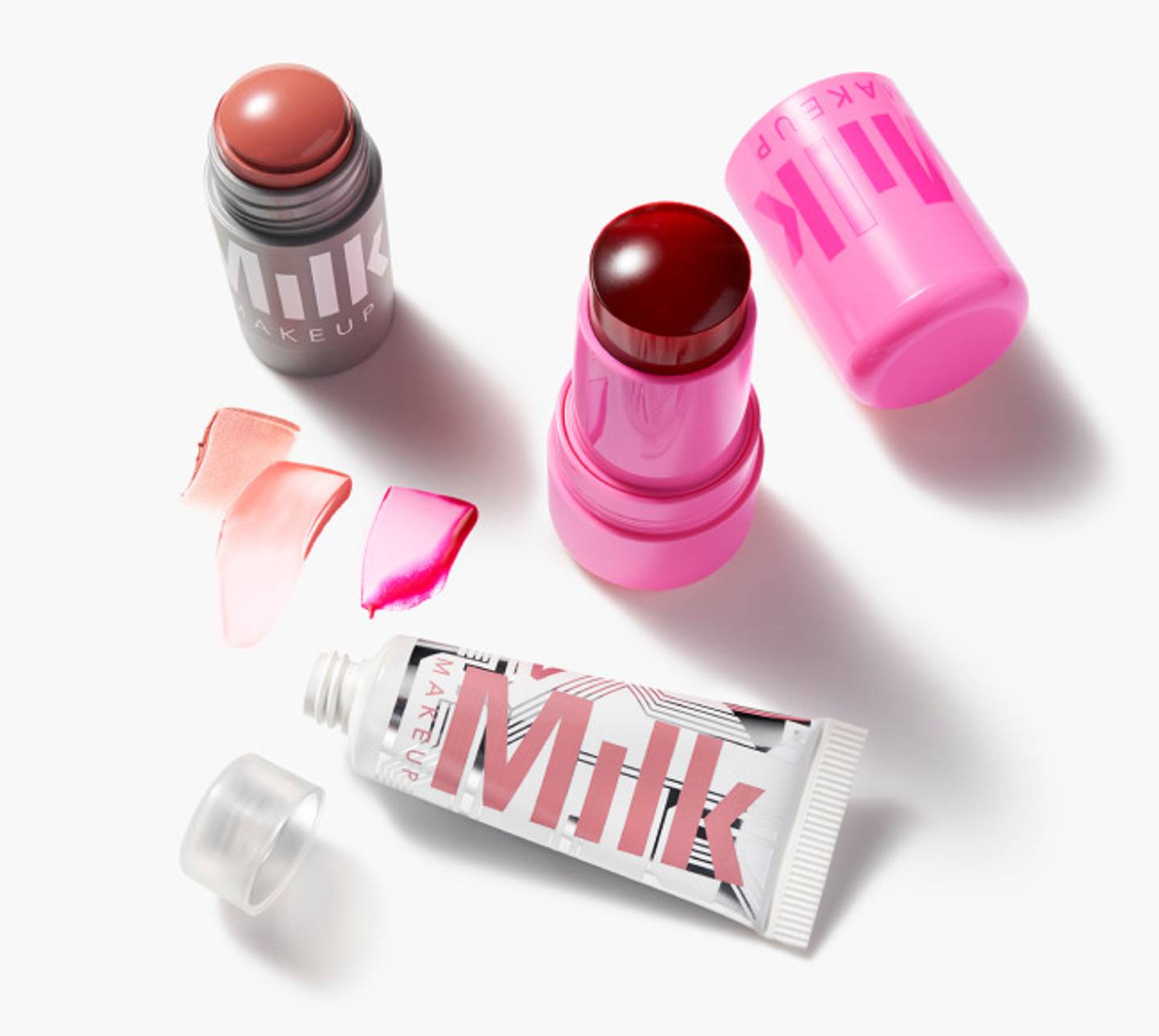
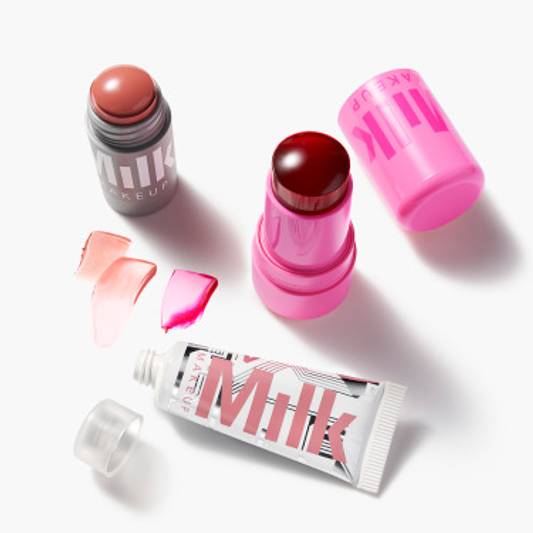


-%E2%80%A2-Instagram-photos-and-videos-v1716307831945.png?206x206) "
"